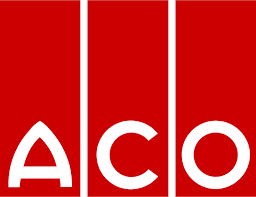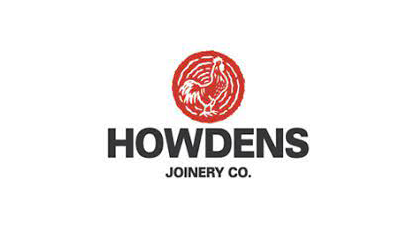
- Details
- Category: Blog
Supply chains are constantly evolving to adapt to dynamic pressures from a combination of Uncertainty (such as Global warming, Corona virus, Brexit) and real world dynamics (such as traffic flows, changes in customer preference and distribution channel. One approach to mitigating this risk has been to hold inventory at key parts of the supply chain but that is no guarantee of success and it adds to cost of operation.
The success of this approach depends on the accuracy of forecasts. Whereas the accuracy of forecasting systems have improved in recent years, in general, long term forecasting (this quarter/this year) can be very accurate but short term forecasting (today/this week) are much more problematic. For example, it is easy to predict that someone will win the lottery each week but more difficult to predict the numbers that will win!
What is needed is an adaptive supply chain. One that uses the accuracy if longer term forecasts to set up operations so that they are flexible to the likely range of demand shift.
Furthermore, typically around 5% of SKU's account for 50% of demand so we could allocate those off the end of the production line. To use the jargon, we can push the decoupling point between supply and demand from the finished goods warehouse back to the production line. Some simple rules of thumb can be used to manage around 15% of the remaining SKU's which account for around 30% of demand. This remaining demand tail can be very profitable. It can also contain new product/service offerings that will deliver future growth.
The reality is that even in the SKU's with stable demand, there is a trend towards more frequent supply and therefore smaller batches. A trend that is driven by advances in technology leading to the wider use of sensor-based inventory management, e-commerce and renewable service offerings. A trend that will accelerate as we learn more about how to apply the power of data to gain insights into customer internal operations, requirements and unmet service needs.
The challenge for operations is to be able to meet variable demand "at scale" for the smaller orders.
What is Best Practice?
Organisations that meet this challenge well:
- Optimise "end to end" supply chain effectiveness rather than individual links in the chain. They seek to raise supply chain effectiveness through continuous improvement rather than as a one off activity.
- Systematically apply continuous improvement across the supply chain through collaboration at multiple organisational levels.
 Studies show that such collaboration can deliver almost double the gains compared to those that adopt a hands off confrontational approach with their supply chain partners. The additional gains come from close cooperation between production, purchasing and R&D departments. The outcome being a transfer of knowledge to optimise processes and remove duplication of effort.
Studies show that such collaboration can deliver almost double the gains compared to those that adopt a hands off confrontational approach with their supply chain partners. The additional gains come from close cooperation between production, purchasing and R&D departments. The outcome being a transfer of knowledge to optimise processes and remove duplication of effort.
This focus on operational flexibility across the supply chain is a key part of TPM master plan milestone transitions from ad hoc problem solving to stable operation (milestone 2) to optimised operation (milestones 3 and 4). Less that 1% of organisations make this final transition.
The key to that transition is to firstly achieve resilient core operations through engaged front-line teams. This releases time of managers and specialists to optimise supply chain and introduce new products and services quickly without disruption to the core business.
The competencies to deliver this are found within the 5th TPM principle, that is Early Management of Equipment and Product Introduction. This Early Management approach builds internal competencies to deliver flawless operation from day 1 for the introduction of new assets, products and services. To find out more about Early Equipment Management follow this link.








